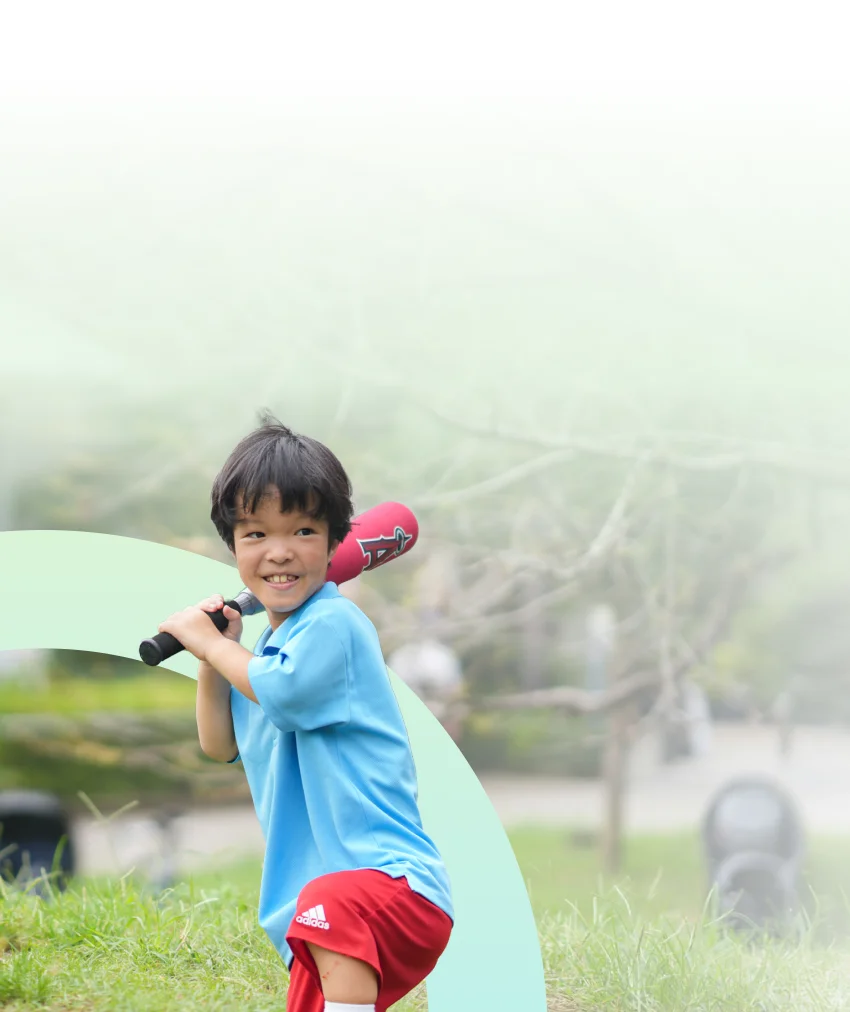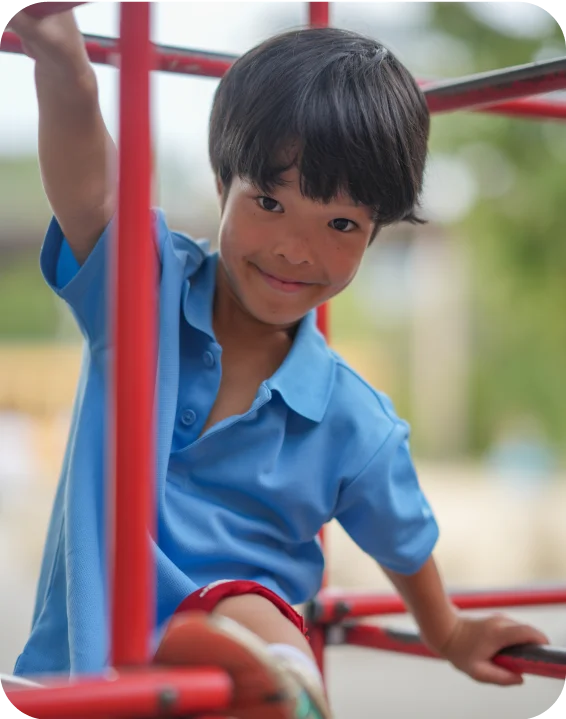Social life and inclusion for children with achondroplasia
Children with achondroplasia may get extra attention at school or in public because they look different from their peers. Often, this attention is positive, and some children feel proud to stand out and enjoy being recognized for who they are. But standing out can also come with challenges. Some children may experience teasing, bullying, or being left out of activities. Others may be treated as if they’re younger or less capable than they really are. They may also be stared at, asked uncomfortable or overly personal questions, or even have their photo taken without permission. These experiences can be hard not only for children, but also for their families.
Many of these challenges are not unique to achondroplasia—other minority groups can face similar experiences. Parents and caregivers should check in regularly with their children about how they’re feeling and what they’re experiencing.
Despite these challenges, most children with achondroplasia develop strong self-confidence and a powerful sense of identity. With support from trusted adults, friends, and their community, they can learn how to handle unwanted attention, speak up for themselves, and take pride in who they are.
If your child is facing bullying or other social challenges, the following resources can help:
You can support your child by having open conversations at home, teaching them to stand up for themselves safely, and modeling how to treat others with kindness and respect. With the right support, many children with achondroplasia will grow up feeling confident and proud of who they are.

